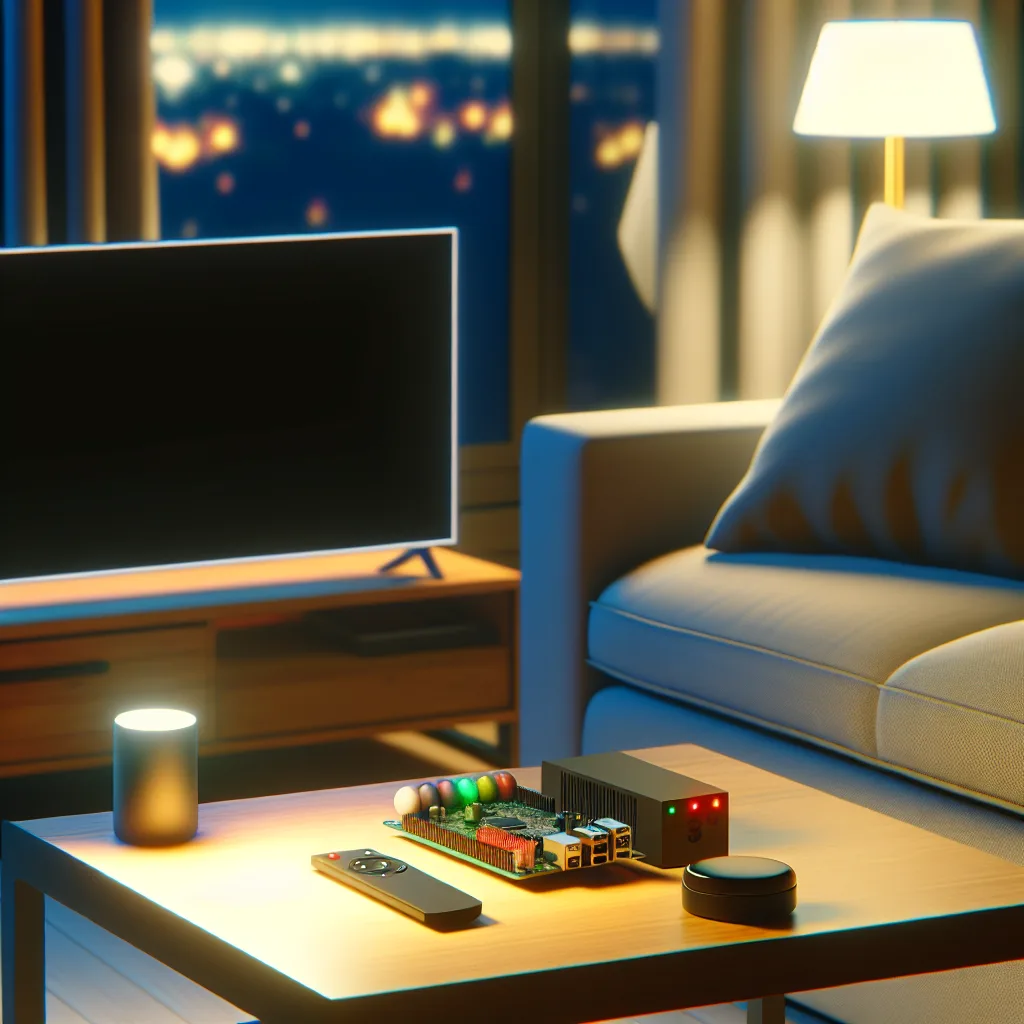A simple guide to adjust your Samsung TV brightness using Home Assistant and Raspberry Pi while keeping your privacy intact
If you’ve ever wanted to control your Samsung TV with Home Assistant but worry about privacy and giving your TV full internet access, you’re not alone. Controlling your Samsung TV without putting it on your main Wi-Fi can feel like a tricky problem to solve. But there are ways to make it work, and today I’ll share how to control your Samsung TV with Home Assistant while keeping it off the internet.
Why Keep Your Samsung TV Off the Internet?
Samsung smart TVs are loaded with features, but they also gather a surprising amount of data. Many users, myself included, are wary of how invasive that can be. That’s why I like to keep my Samsung QN90A TV disconnected from my home Wi-Fi and use an Apple TV to stream content instead. But then the question becomes: how do you control settings like brightness remotely without sacrificing privacy?
Using Home Assistant to Control Samsung TV
Home Assistant (HA) is fantastic for smart home automation. It even has integrations for Samsung TVs that let you adjust volume, power, and brightness. But most of those require your TV to be on the same network with internet access. For privacy, I want to avoid that.
So here’s the good news: you can set up a separate network using a Raspberry Pi (RPi) — in my case, a Raspberry Pi 5 running Home Assistant — to connect directly to your TV. Think of the RPi as a mini hub that talks to your TV without exposing it to the wider internet.
Setting up a Local Network with Raspberry Pi
You can create a dedicated Wi-Fi network with your Raspberry Pi that your Samsung TV connects to. This way, the TV is isolated and doesn’t have internet access, but the Home Assistant on the same Pi can control it via local commands.
It might sound complicated, but distribution like Raspberry Pi OS lets you configure a hotspot mode easily. With that setup:
- The Samsung TV connects only to the Pi’s Wi-Fi network.
- The Home Assistant instance running on the Pi controls the TV directly.
- The TV has zero internet exposure.
This solution keeps your Samsung TV smart but contained within a network you control.
Alternative: Using Broadlink RM3 Mini as a Remote Blaster
Another option is to use an infrared blaster like the Broadlink RM3 Mini. This device can send IR commands to your Samsung TV, just like a remote control. Home Assistant supports Broadlink devices, so you could set up an automation that adjusts brightness with a smart button, such as a Flic button.
While this option doesn’t require connecting your TV to a network at all, it might be limited by the range and precision of IR control.
Putting It All Together: Automation
Once you have the connection sorted—whether through your Raspberry Pi network or the Broadlink blaster—you can set up an automation in Home Assistant.
- Press a smart button (like a Flic button).
- The button triggers an automation in HA.
- HA sends the command to adjust brightness by a set amount.
It’s a neat, private way to tweak your TV settings without interacting with Samsung’s cloud services.
Final Thoughts
Controlling your Samsung TV with Home Assistant without giving it internet access is doable, especially with a Raspberry Pi acting as a dedicated local network or with a Broadlink IR blaster in your setup. It’s about balancing smart functionality with privacy.
If you’re interested in a deep dive on Raspberry Pi network setup, I recommend checking out the official Raspberry Pi documentation here and for Home Assistant’s Samsung TV integration details, visit the Home Assistant website here.
Also, you might want to explore the Broadlink RM3 Mini on their official site for more on IR control broadlink.com.
Privacy-conscious TV control is within reach; you just need a little creativity with your tech stack!
